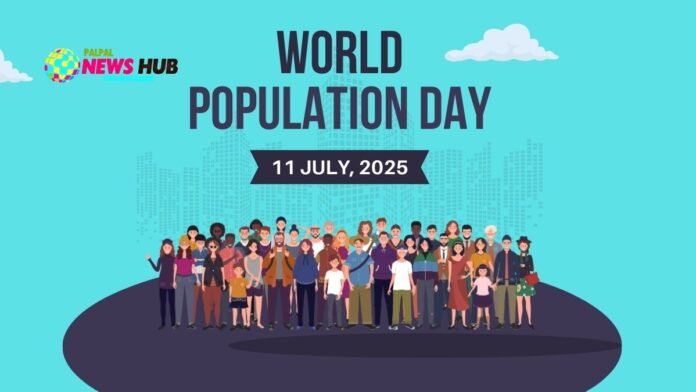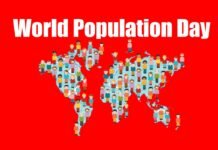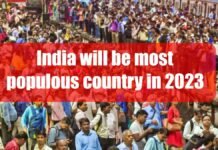
Key Points
- World Population Day is observed every year on July 11 to raise awareness about population issues and their impact on development and the environment.
- India boasts the world’s largest youth population, while countries like Japan, China, and Russia grapple with declining birth rates and a rapidly ageing society.
- Many nations are introducing incentives and policies to encourage higher birth rates, but reversing demographic decline remains a challenge.
- The world’s population surpassed 5 billion on July 11, 1987, prompting the United Nations to establish World Population Day.
- Ageing populations strain economies through increased healthcare and pension costs, while a shrinking workforce threatens growth and innovation.
New Delhi: World Population Day is celebrated globally on July 11 each year to highlight pressing population issues and their far-reaching consequences. The day marks the milestone of July 11, 1987, when the world’s population reached 5 billion, sparking concerns about sustainability, resource allocation, and environmental impact. In response, the United Nations Development Programme (UNDP) established World Population Day in 1989 to promote awareness and action. By 1990, over 90 countries had joined the observance, a tradition that continues today.
The Global Demographic Divide
Youthful Nations vs. Ageing Societies
- India is recognized as the world’s youngest country, with a median age under 30 and a growing workforce that promises economic dynamism.
- In contrast, Japan, China, and Russia face a demographic crisis: birth rates have plummeted, and the proportion of elderly citizens is rising rapidly.
- Japan is often called the “country of the elderly,” with nearly 30% of its population over 65.
- China’s decades-long one-child policy has led to a shrinking workforce and a looming old-age dependency burden.
- Russia is also experiencing population decline due to low fertility and high emigration.
Why Are Ageing Populations a Concern?
- Rising Costs: More elderly citizens mean higher government spending on pensions, healthcare, and social services.
- Shrinking Workforce: Fewer young people entering the labor force leads to reduced productivity and economic stagnation.
- Dependency on Migrant Labor: Countries with declining populations often rely on immigrants to fill labor shortages, which can create social and political tensions.
- Reduced Market Demand: An older population tends to spend less, slowing economic growth and reducing tax revenues.
- Gender and Social Shifts: In many developed countries, women are prioritizing careers over starting families, contributing to lower birth rates and further demographic imbalance.
What Drives Population Imbalance?
Key Factors Behind Ageing Populations
- Increased Longevity: Advances in healthcare have extended life expectancy, swelling the ranks of the elderly.
- Declining Fertility Rates: Economic pressures, urbanization, and changing social norms have led to fewer births.
- Delayed Marriage and Childbearing: More people are marrying later and having fewer children, especially in developed nations.
- Economic Uncertainty: High costs of living and job insecurity discourage young couples from starting families.
- Women’s Empowerment: Greater educational and career opportunities for women often correlate with smaller family sizes.
Global Responses: Incentives and Policies
Countries facing demographic decline are experimenting with various strategies to boost birth rates and support families:
- Financial Incentives: Direct cash payments, tax breaks, and subsidies for families with children.
- Work-Life Balance Policies: Paid parental leave, flexible work schedules, and affordable childcare.
- Immigration Reforms: Attracting skilled workers from abroad to supplement the domestic workforce.
- Public Awareness Campaigns: Promoting the benefits of family life and the importance of population balance.
World Population Day 2025 shines a spotlight on the complex realities of global demographics. While some nations like India harness the potential of their youthful populations, others face the urgent challenge of supporting ageing societies. Addressing these issues requires coordinated policies, social innovation, and a renewed focus on both economic opportunity and quality of life for all generations.








































